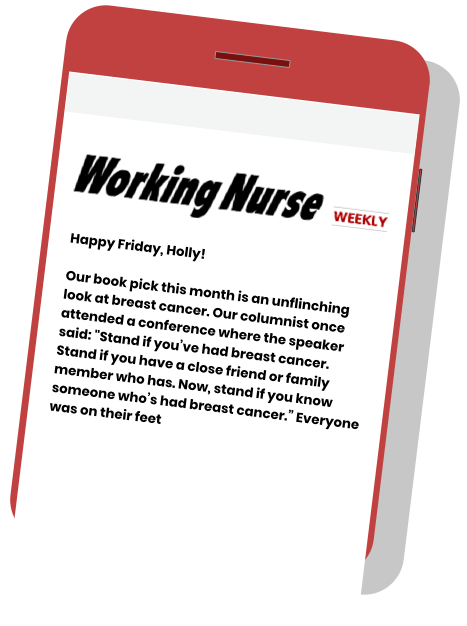Nursing Book Club
The Winter Station: A Novel by Jody Shields
A fictional tale set during the Great Manchurian Plague of 1910

The Winter Station is a historical novel about harrowing real events. In 1910, the city of Kharbin, Manchuria, was Chinese territory, but it was divided into districts occupied by Imperial Russian and Japanese forces, each hoping to eventually take control of this outpost city. Kharbin was a station on the Russian-controlled Chinese Eastern Railway, an important hub of commerce and trade.
In October of that year, the pneumonic plague struck Kharbin. Pneumonic plague is a highly virulent, extremely lethal bacterial lung infection that affects both humans and animals. Since cities along the railway line were trading posts for furs and skins, the epidemic may have come from traders who had handled sick animals or been bitten by infected fleas. However, the disease can also be spread by coughing and sneezing, and it incubates very rapidly.
During the Ebola outbreak a few years ago, I worked in a multinational clinic that treated many patients from African countries. I was the Ebola point nurse, meaning that I was required to don the crash suit and work (or try to work) wearing many layers of waterproof clothing, double gloves, a plastic mask and so on.



